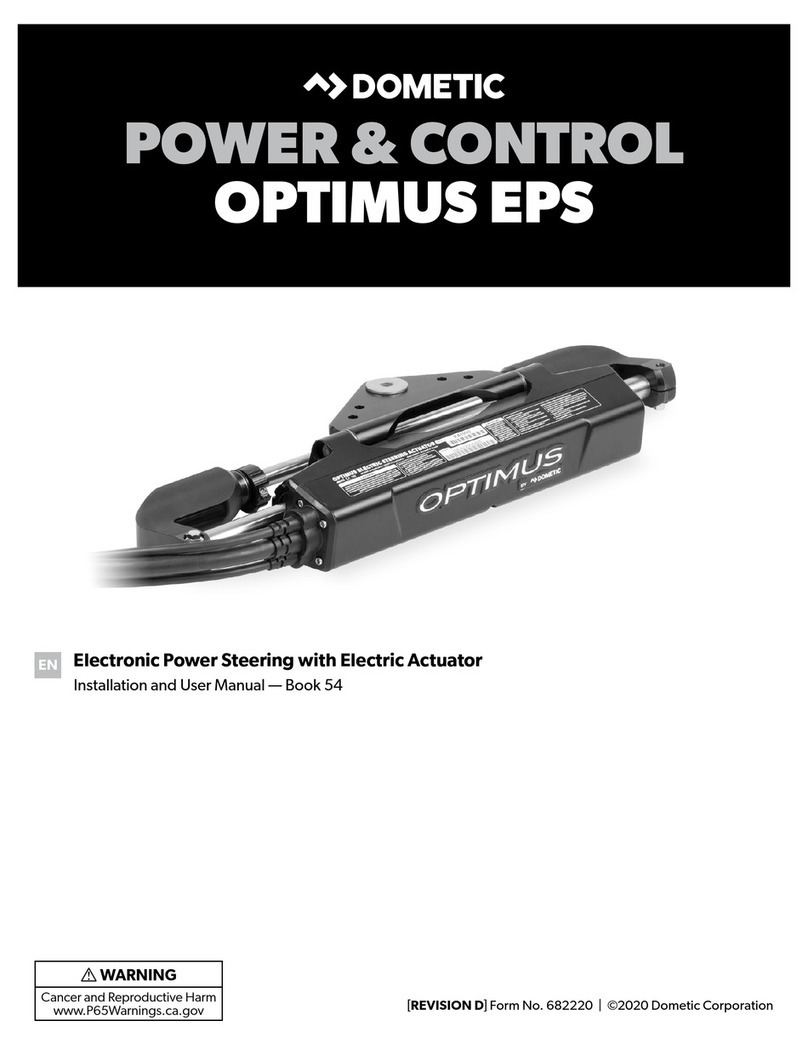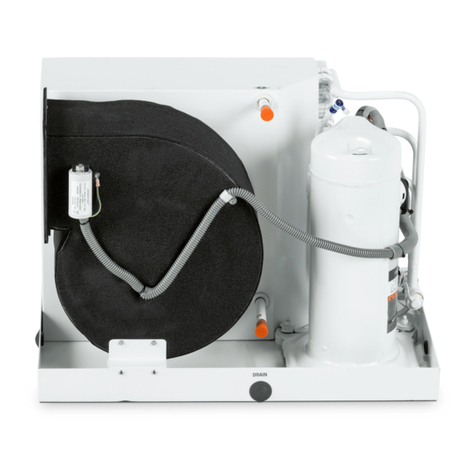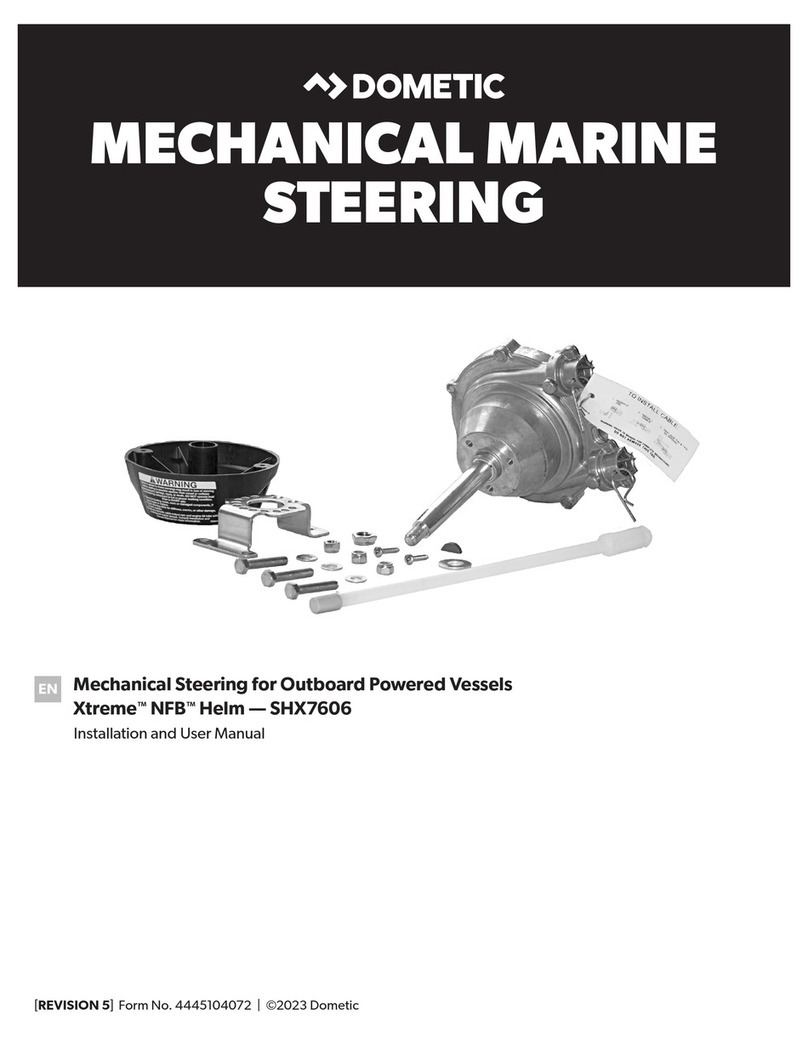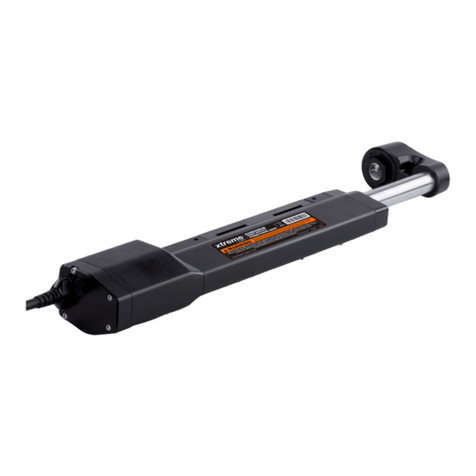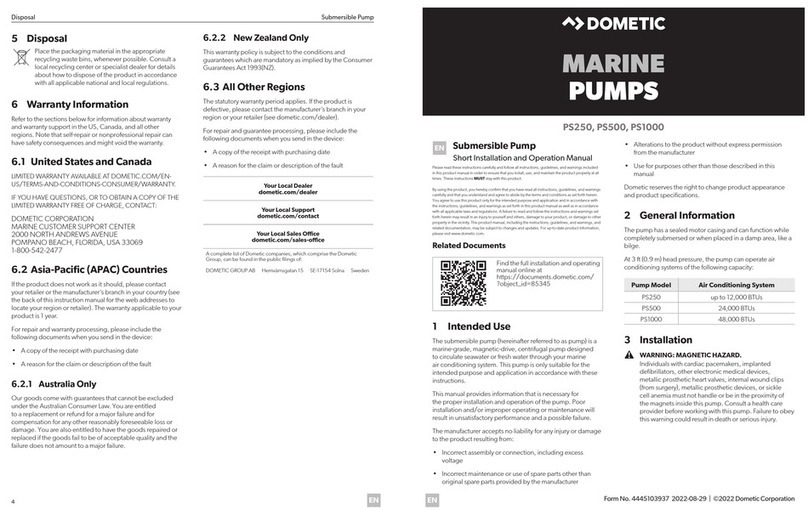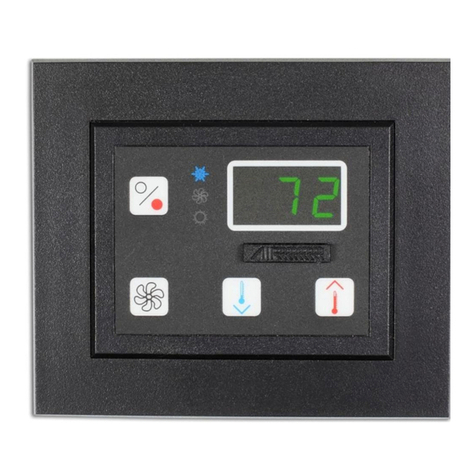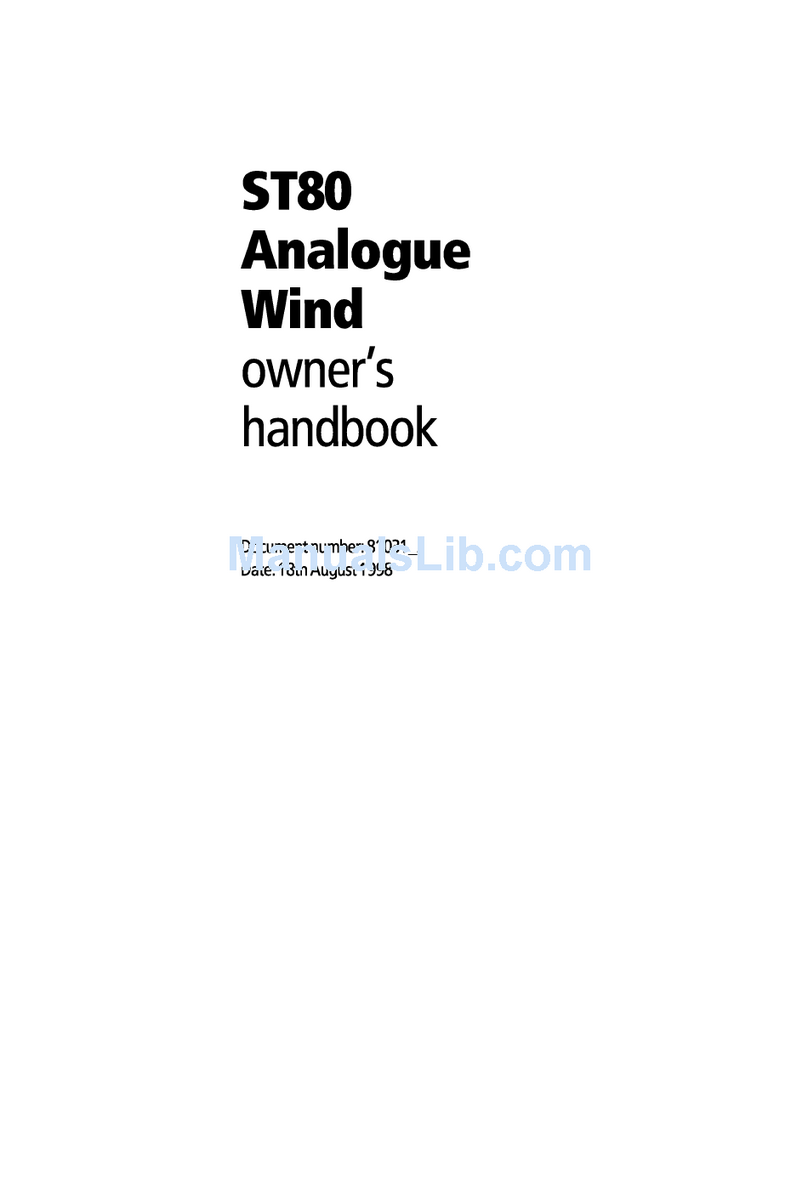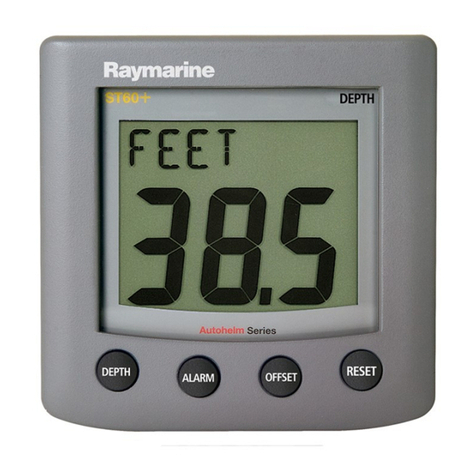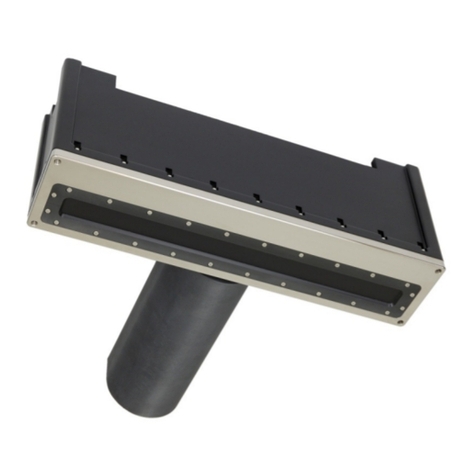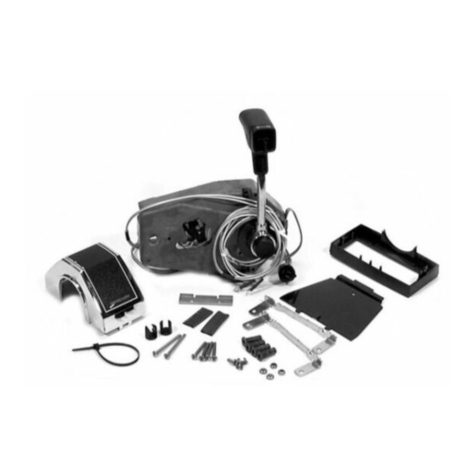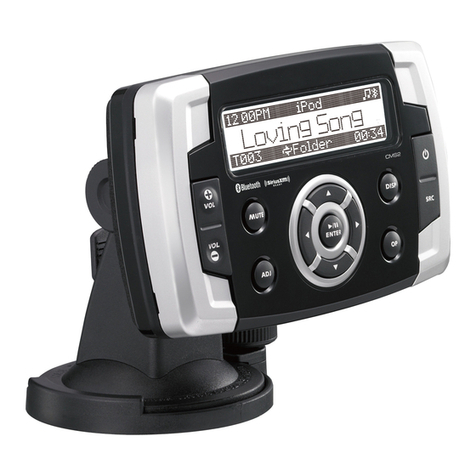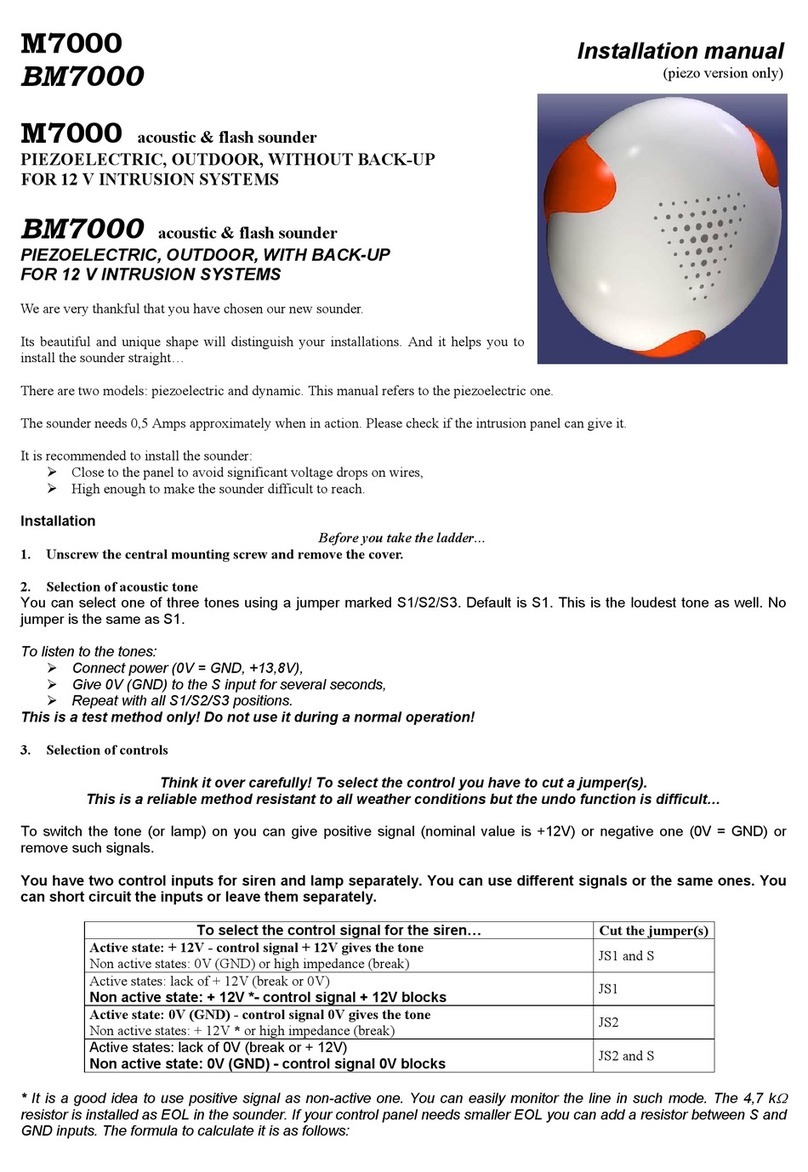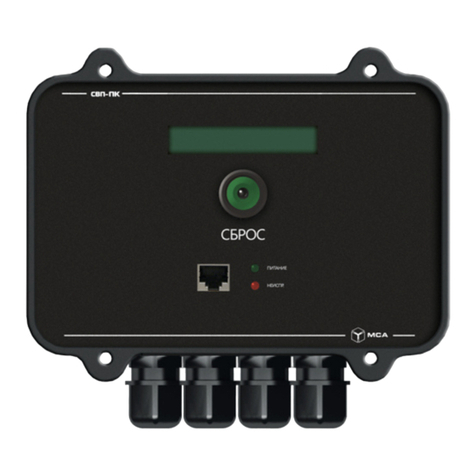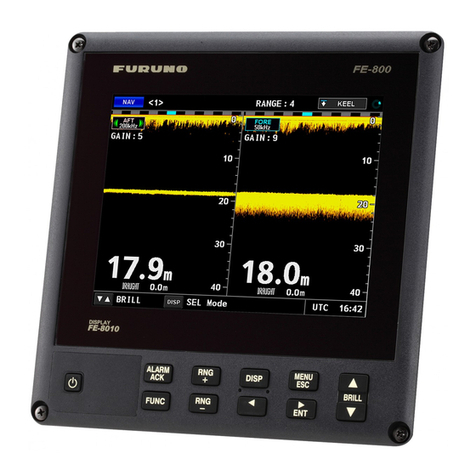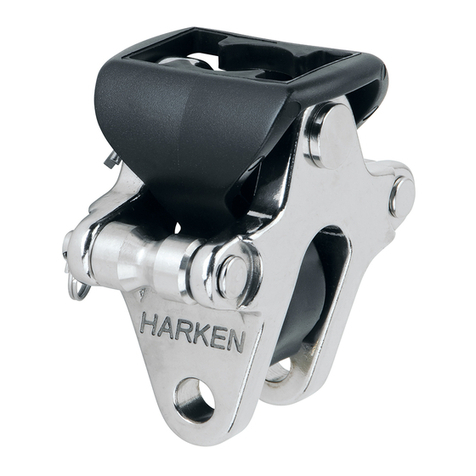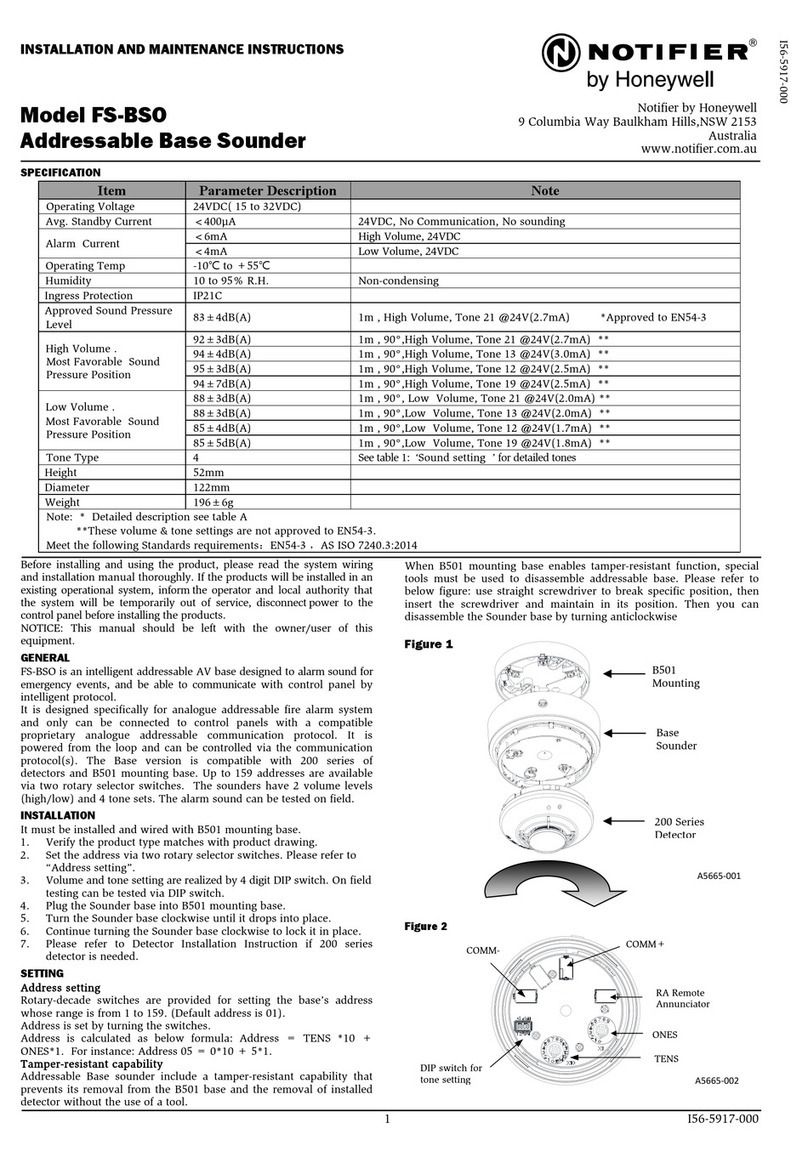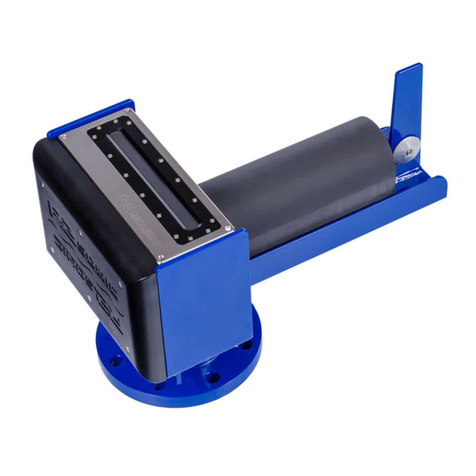
L-3571 ENGLISH
Table of Contents
SAFETY INSTRUCTIONS . . . . . . . . . . . . . . . . . . . . . . . . . . 3
READ THIS MANUAL BEFORE PROCEEDING . . . . . . . . . . . 3
RECOGNIZE SAFETY SYMBOLS, WORDS AND LABELS . . . . 3
SAFETY GUIDELINES . . . . . . . . . . . . . . . . . . . . . . . . . . . . 3
SAFE HANDLING OF REFRIGERANTS . . . . . . . . . . . . . . . . . 3
DRAWINGS AND DIAGRAMS . . . . . . . . . . . . . . . . . . . . . . . 4
REFRIGERATION BASICS . . . . . . . . . . . . . . . . . . . . . . . . . 4
SYSTEM COMPONENTS . . . . . . . . . . . . . . . . . . . . . . . . . . 4
CONDENSING UNIT . . . . . . . . . . . . . . . . . . . . . . . . . . . . . 5
EVAPORATOR . . . . . . . . . . . . . . . . . . . . . . . . . . . . . . . . . 5
SUCTION LINE . . . . . . . . . . . . . . . . . . . . . . . . . . . . . . . . . 5
LIQUID LINE . . . . . . . . . . . . . . . . . . . . . . . . . . . . . . . . . . 5
REFRIGERANT METERING DEVICE . . . . . . . . . . . . . . . . . . 5
THERMOSTAT . . . . . . . . . . . . . . . . . . . . . . . . . . . . . . . . . 5
SEAWATER SYSTEM . . . . . . . . . . . . . . . . . . . . . . . . . . . . 6
REFRIGERATOR/FREEZER BOXES . . . . . . . . . . . . . . . . . . 6
SYSTEM INSTALLATION . . . . . . . . . . . . . . . . . . . . . . . . . . 6
UNPACKING AND INSPECTION . . . . . . . . . . . . . . . . . . . . . 6
IMPORTANT SAFETY CONSIDERATIONS . . . . . . . . . . . . . . . 6
Electrical Shock Hazard . . . . . . . . . . . . . . . . . . . . . 6
TOOLS REQUIRED . . . . . . . . . . . . . . . . . . . . . . . . . . . . . . 6
INSTALLING THE REFRIGERATION SYSTEM . . . . . . . . . . . . 7
Condensing Unit . . . . . . . . . . . . . . . . . . . . . . . . . . 7
Evaporator . . . . . . . . . . . . . . . . . . . . . . . . . . . . . . . 8
TXV Placement . . . . . . . . . . . . . . . . . . . . . . . . . . . 8
Quick-Connect Fittings . . . . . . . . . . . . . . . . . . . . . 8
Sight Glass/Moisture Indicator . . . . . . . . . . . . . . . . 9
Thermostat . . . . . . . . . . . . . . . . . . . . . . . . . . . . . . . 9
Refrigerant Charge . . . . . . . . . . . . . . . . . . . . . . . . 9
REFRIGERATION SYSTEM OPERATION . . . . . . . . . . . . . 9
KRA REFRIGERATION START-UPCHECK LIST . . . . . . . . . 9
Before You Start The System . . . . . . . . . . . . . . . . 9
Starting The System . . . . . . . . . . . . . . . . . . . . . . 10
System With 2 or 3 Evaporators
and 1 Condensing Unit . . . . . . . . . . . . . . . . . . . . 10
THERMOSTAT OPERATION . . . . . . . . . . . . . . . . . . . . . . . 10
Operating the Dometic Control . . . . . . . . . . . . . . 10
Parameter Programming . . . . . . . . . . . . . . . . . . . 11
Modbus Addresses for Dometic STIIC Interface . 12
SERVICING YOUR REFRIGERATION SYSTEM . . . . . . . 12
REFRIGERANT . . . . . . . . . . . . . . . . . . . . . . . . . . . . . . . 12
QUICK-CONNECT FITTINGS . . . . . . . . . . . . . . . . . . . . . . 12
RECHARGING THE SYSTEM . . . . . . . . . . . . . . . . . . . . . . 12
System Shutdown . . . . . . . . . . . . . . . . . . . . . . . . 12
Evacuate Refrigerant . . . . . . . . . . . . . . . . . . . . . 12
Charging the System . . . . . . . . . . . . . . . . . . . . . 12
ADJUSTING THE TXV . . . . . . . . . . . . . . . . . . . . . . . . . . 13
TXV METERING DEVICE . . . . . . . . . . . . . . . . . . . . . . . . 13
SIGHT GLASS . . . . . . . . . . . . . . . . . . . . . . . . . . . . . . . . 13
USER MAINTENANCE . . . . . . . . . . . . . . . . . . . . . . . . . . . 13
SEAWATER SYSTEM . . . . . . . . . . . . . . . . . . . . . . . . . . . 13
DEFROSTING . . . . . . . . . . . . . . . . . . . . . . . . . . . . . . . . 13
WINTERIZING THE SYSTEM . . . . . . . . . . . . . . . . . . . . . . 13
TROUBLESHOOTING GUIDE . . . . . . . . . . . . . . . . . . . . . 14
FIGURES & WIRING DIAGRAMS . . . . . . . . . . . . . . . . . . 16
KRA CABINET-TYPE CONDENSING UNITS . . . . . . . . . . . 16
VARIOUS FLAT-PLATE EVAPORATORS . . . . . . . . . . . . . . 16
WRAPPED-BOX EVAPORATOR . . . . . . . . . . . . . . . . . . . . 16
FLAT-PLATE EVAPORATOR DESIGNS . . . . . . . . . . . . . . . 16
DIGITAL THERMOSTAT (DOMETIC CONTROL) . . . . . . . . . 16
SINGLE-PLATE SYSTEM . . . . . . . . . . . . . . . . . . . . . . . . 17
DUAL-PLATE SYSTEM WITH JUMPER . . . . . . . . . . . . . . . 18
INSTALLATION DIAGRAM - 2 FISH BOXES WITH KRA 433X .
19
INSTALLATION DIAGRAM - 3 FISH BOXES WITH KRA 450X .
20
REFRIGERANT PRESSURE-TEMPERATURE CHART . . . . . 21
WIRING DIAGRAM FOR KRA 433X UNIT WITH 1 BOX . . . 22
WIRING DIAGRAM FOR KRA 433X UNIT WITH 2 BOXES . 23
WIRING DIAGRAM FOR KRA 450X UNIT WITH 1 BOX . . . 24
WIRING DIAGRAM FOR KRA 450X UNIT WITH 3 BOXES . 25
